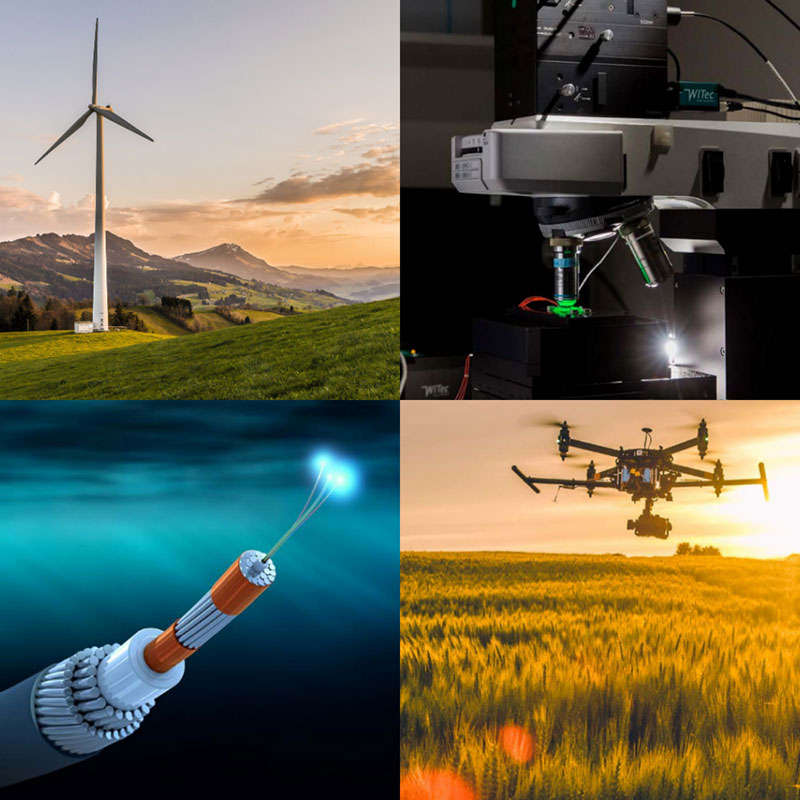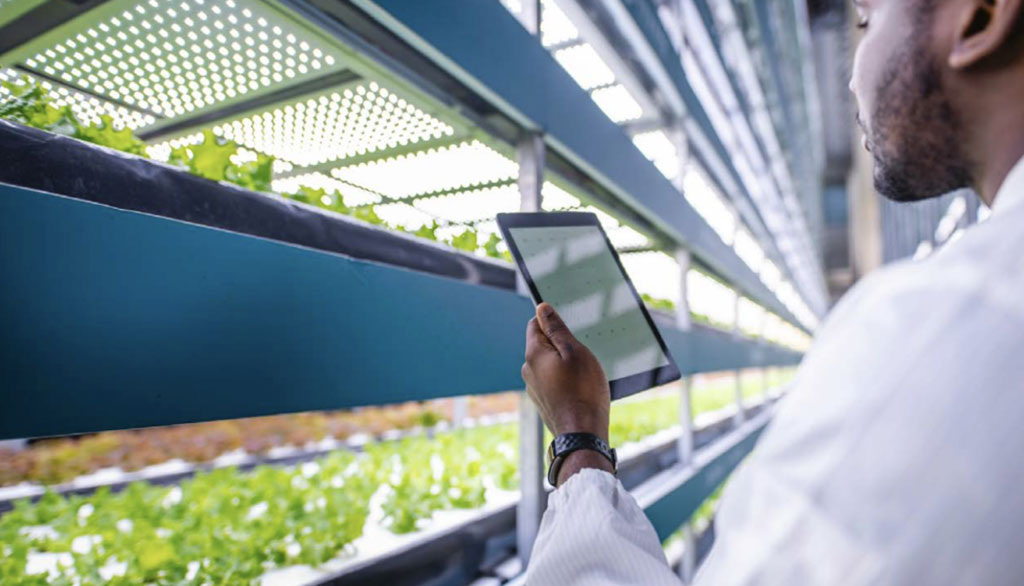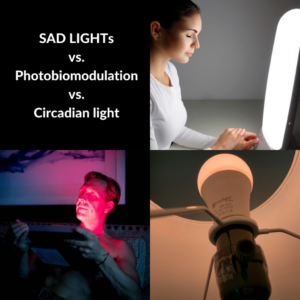
Space Day: LED Light Therapy & Blue Blockers Started With Space Exploration
Article at a Glance: National Space Day was first created in the 1990s to commemorate all of the achievements associated with space research and exploration,

While people across the globe are spending more time at home, connectivity to others and access to information is more important than ever. Light science and light-based technology are notably at the forefront of making remote work, online schooling, and more effective healthcare possible. Optics and Photonics may also be the innovative technology that farmers need in order to develop sustainable farming practices.

Humans have a primal need to connect and communicate with one another – almost as strong as our need for food and water. Even now, while we weather the coronavirus pandemic, we see people standing on their balconies waving and singing to their neighbors. Beyond windows and balconies, light-based fiber-optic cable technology makes social connection possible at incredibly high speeds.
Optical fiber network cables essentially use glass fibers to transmit light and huge volumes of data all over the world. The very first optic fiber cable traveled 3,148 miles across the bottom of the Atlantic Ocean and was capable of handling 40,000 telephone calls simultaneously. (1) Today, optic fiber telecommunication technology supports the world’s long-distance phone calls and social media activity.
High-speed connections and light-based technologies are more important than ever right now because education programs are going virtual for the foreseeable future. In order to make the most of remote learning, students need the proper communication infrastructure and digital devices (e.g. computers and laptops) to access educational resources from home. Lighting fixtures can also create an effective learning space for students that need to read or study at nighttime. Learn more.

Researchers worldwide are frantically working on developing better diagnostic measures for those affected by COVID-19. Fortunately, light-based optical and photonic technologies have joined the fight against SARS-CoV-2, the virus causing this disease.
You can think of optics as a branch of physics and photonics as a branch of engineering. Together, these technologies involve generating, detecting, and manipulating light to make possible:
Examples of optic and photonic technologies include high-quantum-efficiency multispectral cameras, visible-light laser diodes and LEDs, infrared bolometer arrays, narrowband optical filters, and wideband multispectral optical spectrometers. (3) These technologies are now on the frontlines with doctors, nurses, and researchers playing a life-saving role all over the world in the battle against SARS-CoV-2. Learn more.

The current COVID-19 crisis has caused many businesses (e.g. restaurants, hotels, and airports) to stop operating. This has subsequently led to large production cuts from farmers and distributors and major disruptions to food-supply chains. The World Food Programme (WFP), the food-assistance branch of the United Nations, has expressed the potential for a “hunger pandemic”, saying that it could be “the worst humanitarian crisis since World War II.” Given the concerns over commercial trading across borders amidst COVID-19, there is an even greater need for sustainable farming that uses natural resources more efficiently with less food waste and a reduced environmental footprint. That’s where light-based technologies come in.
Optic and photonic technologies are becoming more popular for efficient, sustainable agriculture and clean energy. Indoor farms can now use sensors to measure plant growth and improve the cultivation of crops and livestock. Farmers can also use drones with imaging sensors to scan for signs of drought, pests, and disease. These light-based technologies are contributing to what is now known as “precision agriculture” because they help increase crop yields while also minimizing the use of resources like land, water, and fertilizer. As we continue to navigate the economic influxes associated with the COVID-19 pandemic, it will be imperative for farmers to utilize light-based technologies for efficient, sustainable, and clean agricultural practices. Learn more.
On May 16, 2020, UNESCO will host the 3rd annual International Day of Light — a global initiative that recognizes the important role light plays in science, culture and art, education, sustainable development, and diverse fields such as medicine, communications, and energy. (3)
May 16th is a significant date because it is the anniversary of the first successful operation of the laser in 1960 by physicist and engineer, Theodore Maiman. Today, lasers are everywhere — in research labs, medical clinics, supermarkets, just to name a few places. They are also used regularly for manufacturing automobiles and plastics. The invention of the laser is a perfect example of how a single scientific discovery can positively impact society beyond its original scope in healthcare, engineering, communications, and many other diverse fields.
Despite the current global challenges that we are facing, light-based technology is providing efficient and affordable solutions across many different sectors. Light science is without a doubt impacting virtually all areas of our lives, and that’s why we’ll hope you’ll celebrate International Day of Light with us.
For continued reading, click here for additional articles about leveraging healthier light for healthier living.


Article at a Glance: National Space Day was first created in the 1990s to commemorate all of the achievements associated with space research and exploration,

Article at a Glance: Skin is the body’s largest organ, and it’s important to protect it as much as it protects you. Maintaining healthy skin

Article at a Glance: Light is an extremely powerful stimulant and tool for the human body. There are several types of light therapy and lighting
© 2024 TrueDark. All rights Reserved | Terms & Conditions | Privacy Policy | Cookie Policy